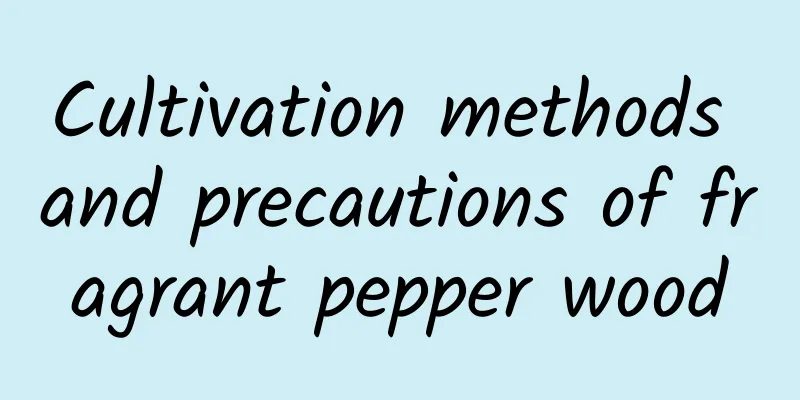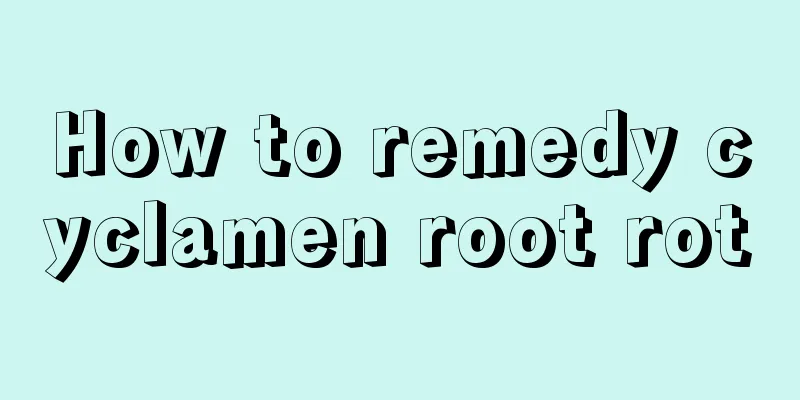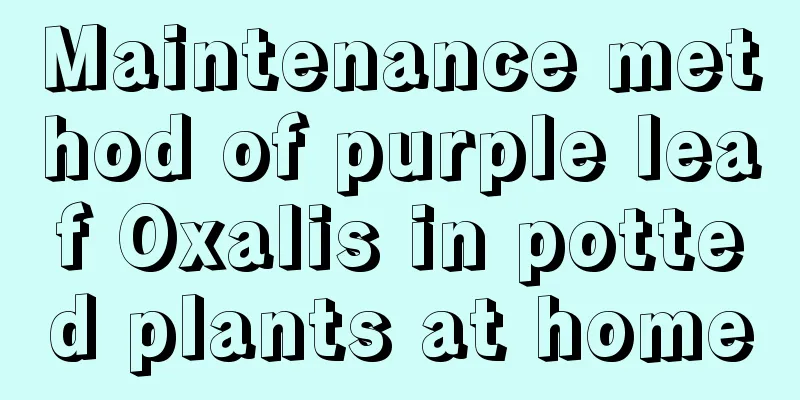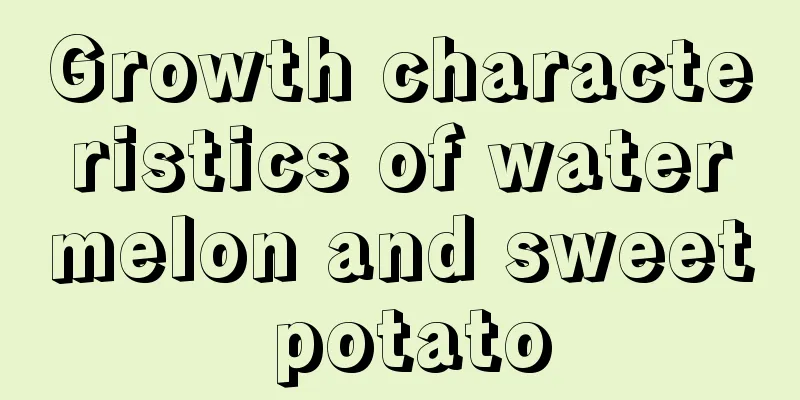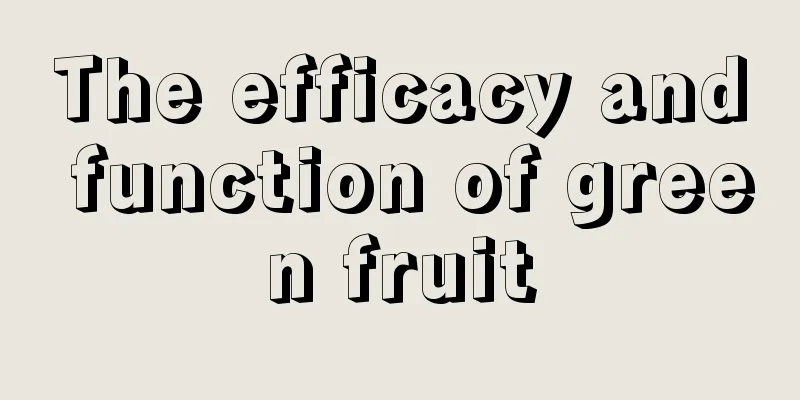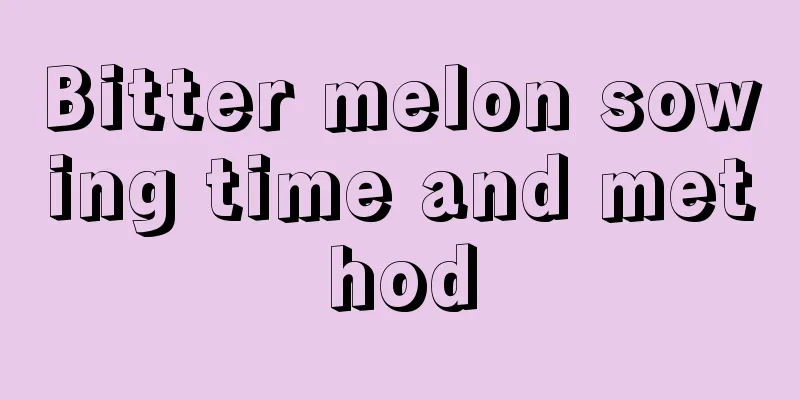Choose this kind of soil when growing flowers. It won’t rot the roots or turn the leaves yellow, and the flowers will bloom in the summer!
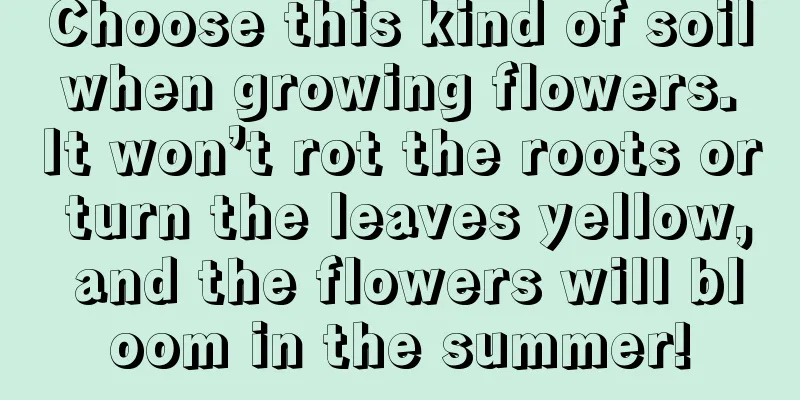
Garden SoilSource: nearby community green belts, fields or parks. Advantages: The fertility of the garden soil is quite high. Disadvantages: If you water too much, the water permeability will become worse; if it is too dry, it will cause the soil surface to become compacted, so it cannot be used alone. Peat soilSource: Bottom of ponds, rivers, lakes, not easy to dig Advantages: It has excellent water and fertilizer retention capabilities, is light in texture, and is basically free of diseases and pests. Disadvantages: It contains fewer nutrients and cannot provide sufficient nutrients for flowers. Leaf moldSource: On the mountain, under the big tree, in the rotten grass Advantages: The soil made from rotten leaves is loose and highly breathable. Disadvantages: It may contain a lot of insect eggs and bacteria, and it may cause bacterial infection if not disinfected. Pine Needle SoilSource: Dig up the surface under the pine tree, the lower layer is the already decomposed pine needle soil Advantages: Weakly acidic, loose and highly breathable. Disadvantages: It is not recommended to use on small seedlings as the pores are too large to cover the roots. Coconut peatSource: Made from the fiber powder of leaf husks, available for purchase. Advantages: It is very permeable and breathable, and will not cause water accumulation in the basin. Disadvantages: It does not contain any nutrients and is best not to use it alone. Sphagnum mossSource: A natural moss that can be dug up in the wild. Advantages: clean and free of germs, heat-insulating and moisturizing, ventilated and breathable, mainly used for growing orchids. Disadvantages: It needs to be fully absorbed and soaked in water before use. VermiculiteSource: Bought Advantages: natural and non-toxic, strong water absorption, good air permeability, often used in cuttings or seedling cultivation. Disadvantages: It will become broken into pieces after a long time, and the water permeability and air permeability will be greatly reduced PerliteSource: Bought Advantages: Improve soil permeability and air permeability, more stable than vermiculite, not easy to decompose into powder Disadvantages: Contains no nutrients and cannot be used directly. cinderSource: Picked up from roadside garbage dumps or coal burning sites Advantages: permeable and breathable, contains trace elements, and provides nutrients for flowers Disadvantages: It must be screened before use. If not screened, it will be highly alkaline and easy to burn the roots. It will also be dusty and have poor air permeability. ClaySource: Bought Advantages: Increase soil permeability and air permeability, and can be used directly on the bottom of the pot. Disadvantages: No nutrients. Regarding the soil for growing flowers, That’s all I have to say about Huahua. Have all the flower lovers learned it? After all, only if you choose the right soil, This is the first step to successful flower cultivation! |
<<: Planting methods and precautions for Cuiguan Pear
>>: How to cultivate green palm
Recommend
The efficacy and function of multi-flowered wild peony
The ornamental effect of multi-flowered wild peon...
Method for accelerating germination of woody flower seeds
Seed soaking method Some seeds need to be soaked ...
How to take care of newly bought gladiolus
1. Potting soil It is best to use plastic pots or...
How to grow sunflowers
1. Maintenance methods 1. Lighting: As its name s...
Can you grow succulents with garden soil and granules?
Can you grow succulents with garden soil and gran...
Can the seeds from strawberries be planted?
1. Can it be planted? The seeds on the strawberry...
Christmas cactus is long-lived... Only 1 cup of water is needed, and hair roots will sprout in 3 days. You can’t give it away enough!
Christmas cactus cuttings Huahua said before that...
Rice planting technology and field management
As a vital food crop in my country, rice is widel...
How to plant chrysanthemum seeds
Chrysanthemum seed planting time For chrysanthemu...
Can climbing roses be planted in pots?
Can climbing roses be planted in pots? Climbing r...
Oil bean planting time and method
Oil bean planting time Oil beans are generally pl...
Which month is suitable for planting Phalaenopsis?
Phalaenopsis is a common and beautiful flower pla...
What flowers are suitable for growing in Honghe, and what are the city flowers and trees?
1. Climate characteristics of the Red River Hongh...
Feng Shui Effects of Raising Monstera at Home
Feng Shui Effects of Monstera Lucky The arrangeme...
Can tofu dregs be used as fertilizer?
Tofu dregs as fertilizer Tofu dregs can be used a...

